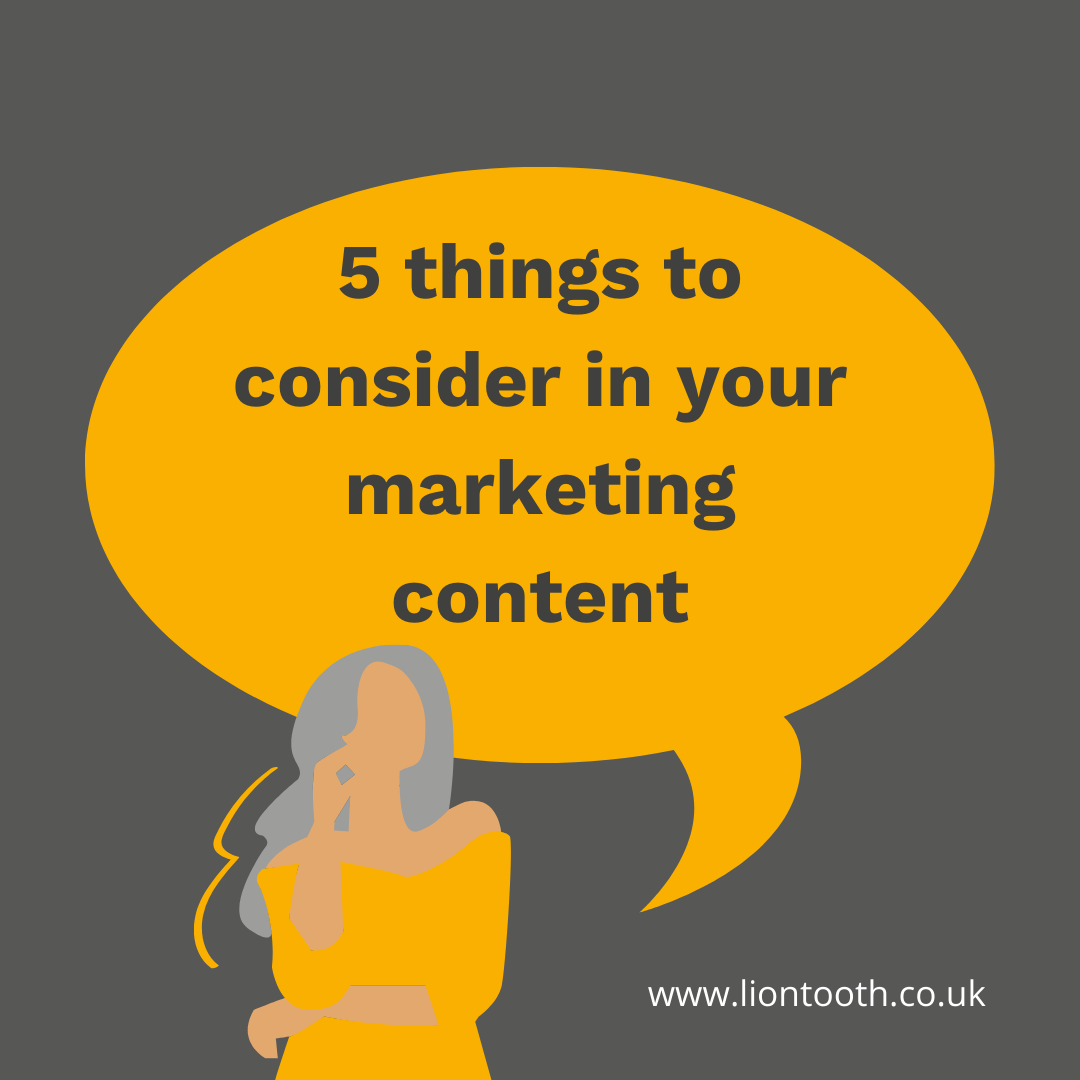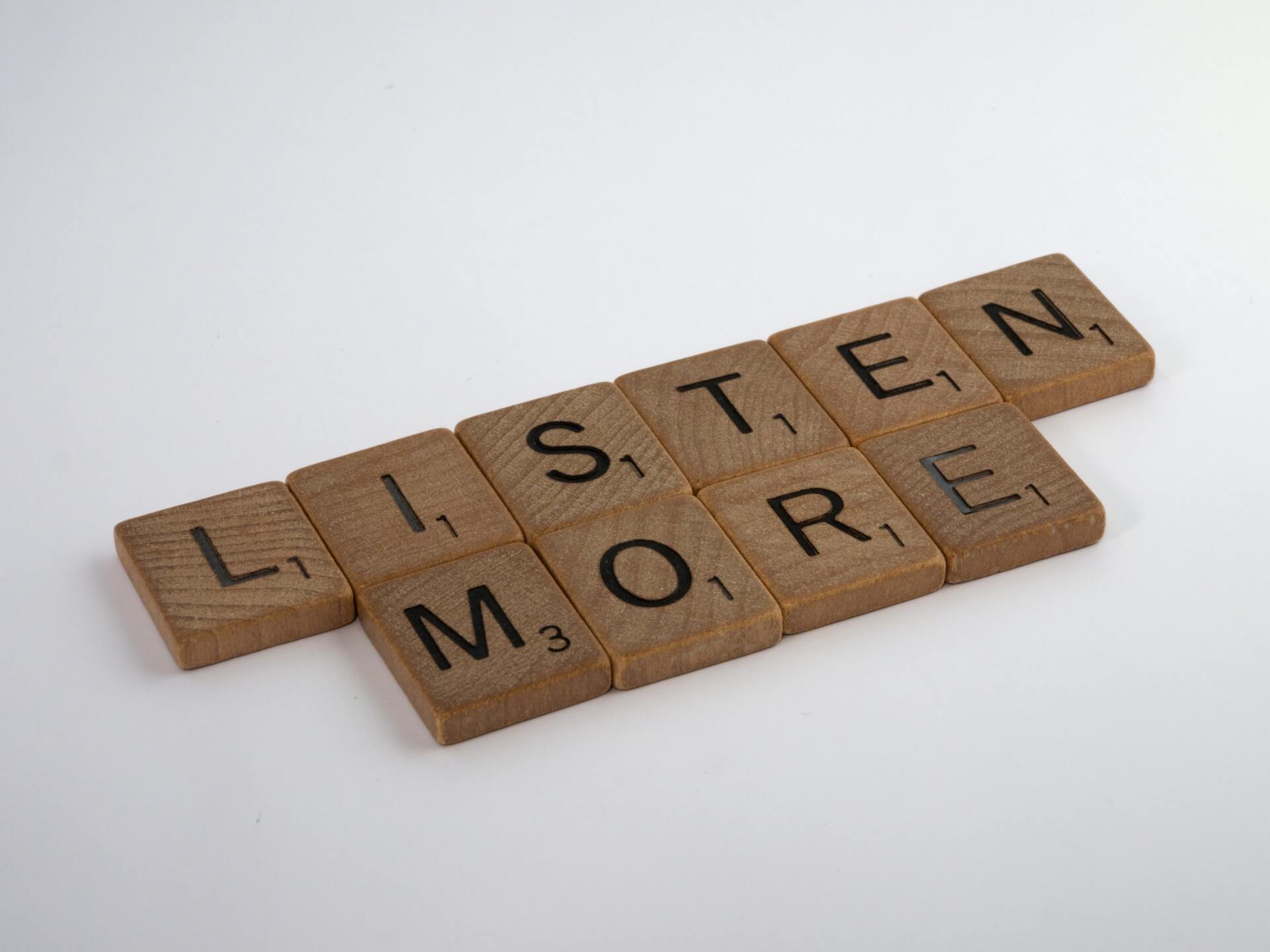Be Helpful to Your Audience
- By Lisa Ellison
- •
- 09 Dec, 2020
- •
Being helpful to your audience will put you in a position of trust

The one
thing you can do for your audience, not just through your content marketing but
through your online presence as a whole, is to be helpful.
Being helpful will:
- provide engaging and valuable content
- keep your audience coming back
- put you in a position of trust
- build your reputation as genuine
- make you a voice of authority in your industry
Let’s put this into a real life scenario: who do you go to more?
- The friend who sometimes answers the phone, more often than not misses your call and then rushes you off the phone when they finally do answer.
- The friend that 99% of the time answers and then makes time to listen to what’s on your mind and gives sound advice.
(Content marketing is real life by the way).
Friend number one is your last resort in a crisis, you’ve probably tried everyone else first and they’re all busy. Friend number two is the one you really want to have on speed dial or as your ICE contact.
This applies to brands and consumers in just the same way. Be that brand that is always there. Always responds to comments on blogs and social media posts. It doesn’t just have to be on or about your own content. Look for other content that is relevant. Look for competitors’ content.
Get in front of your target audience and HELP them.
If you are going to build a brand reputation, you want it to sound like friend number two, the reliable, trustworthy one.
This relates back to my previous blog posts about knowing your audience, where are they and what are they looking for. Be THERE. If you know them well enough, you’ll know where to find them. Don’t wait for them to come to you, seek them out and put yourself in front of them. If they’re in Facebook groups, on forums or on Instagram, be there and be helpful.
Keep reading for more tips on how you can create helpful content for your target audience...
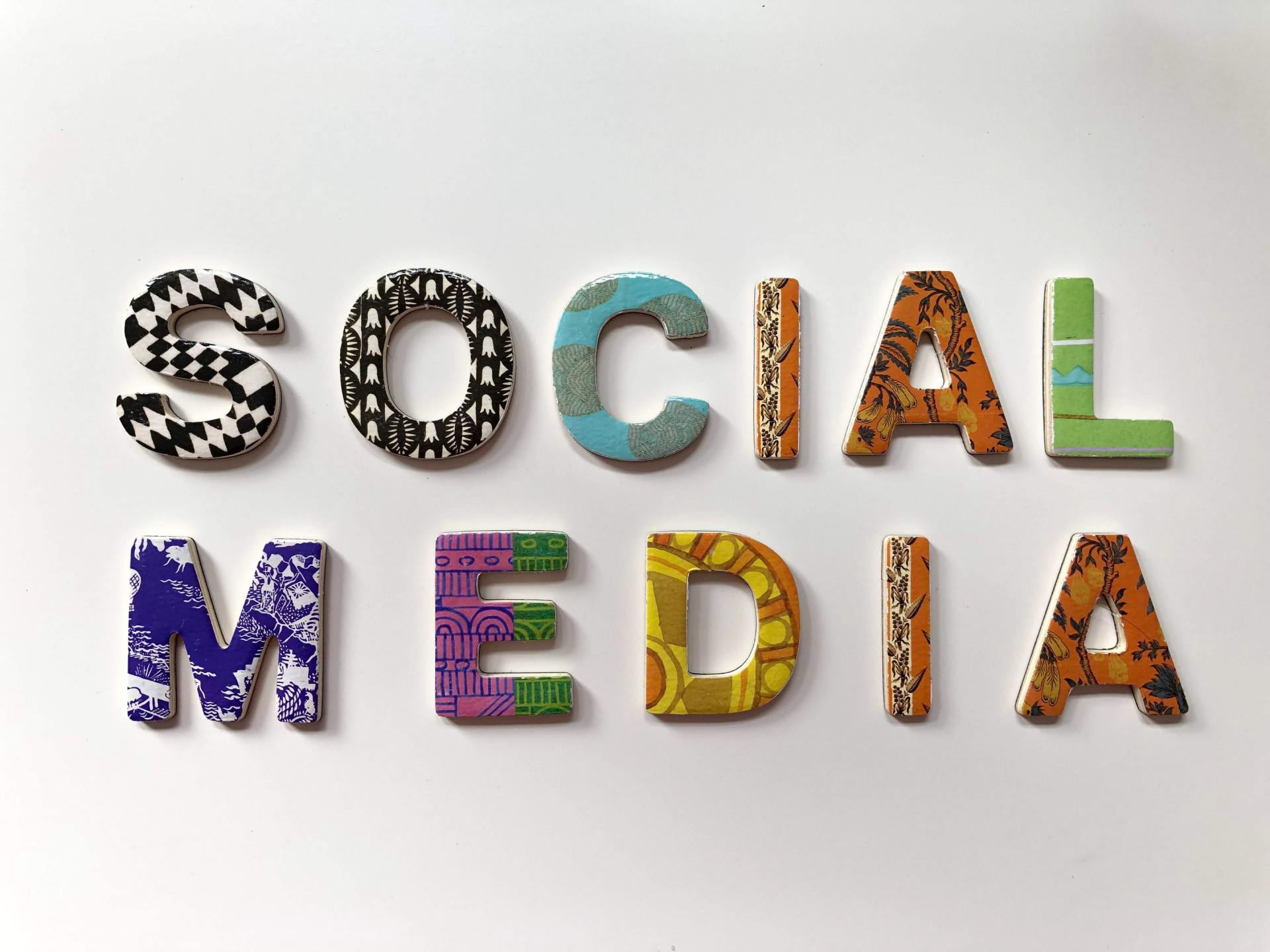
You should know the questions that your consumers want answered, think about the frequently asked questions you get asked or see in your industry, not just about your brand or your products but in general. Make a note of them and use this to form the basis of a content calendar. Use that content across social media, blogs, your website… anywhere and everywhere. Show that you know your audience and show that you know what they want to know. Make yourself a source. Give insight into the commonly asked questions and musings.
My most asked questions are things like:
- Should we be on all social media platforms?
- What is tone of voice?
- What’s brand personality and what’s the relevance of it?
- Do I need more than one brand colour?
- I’ve got my logo in a JPEG format from a previous designer, is that enough? (No).
These are all things that have been covered in my content marketing across various formats and platforms: videos on YouTube and social media, social media posts and blog posts.
By becoming the go-to brand for information, you will be the first one they think of when they need something from your industry, you will be the first one they think of when friends/family/colleagues need something from your industry.
By putting yourself out there and putting the time and effort into being present, consistent and helpful, your audience will slowly but surely start to come to you, and they will bring their tribe. The more groundwork you put in, the more it will pay off in the long run.
If you’re not sure about the kind of content that you can produce or where to share it, have a look through the previous blog posts in this series or contact me for 1:1 advice and guidance. I can work with you to help form a plan and produce a content calendar. You can do as much or as little of the work as you like.
My job is to support and partner with you.

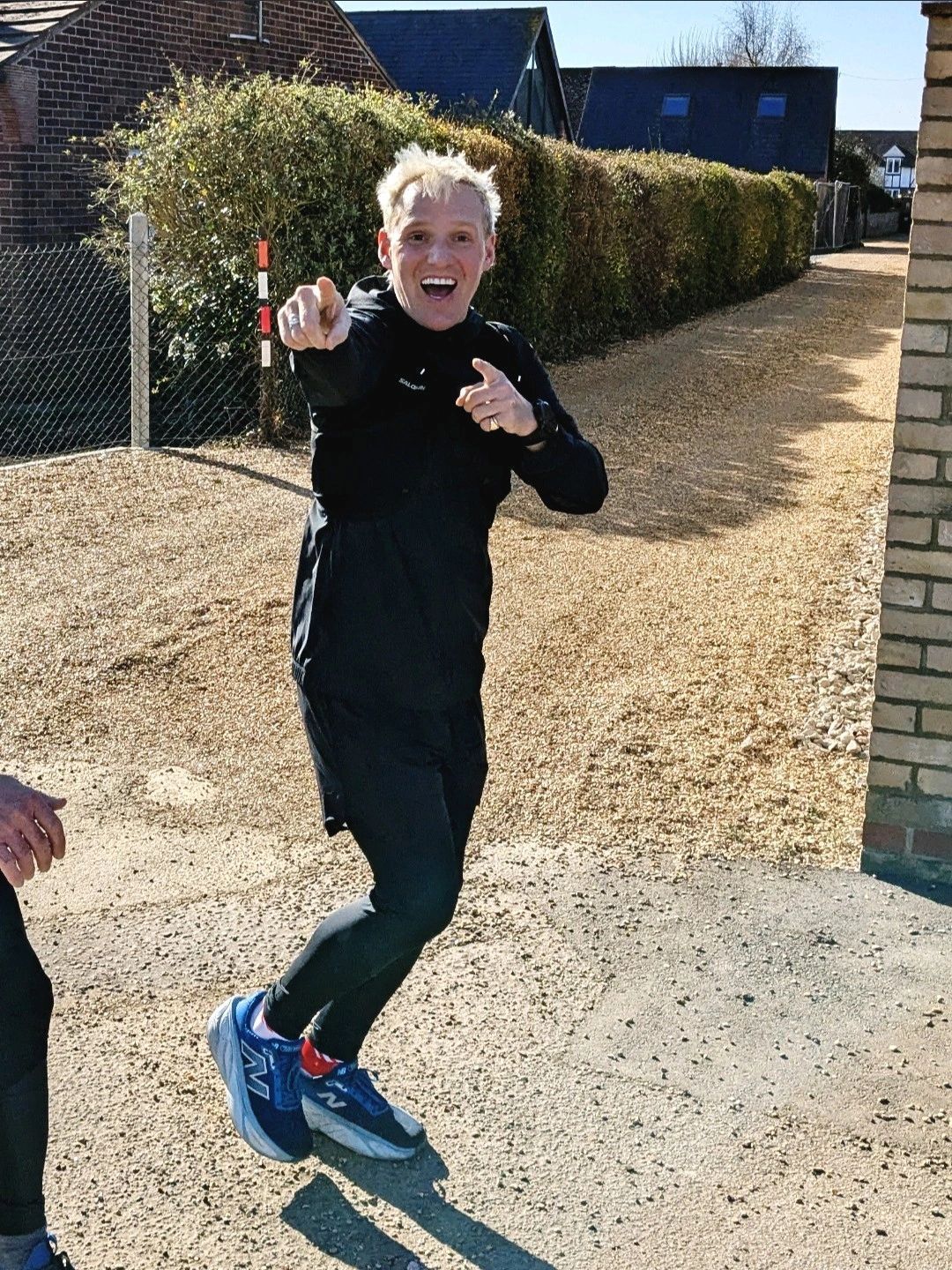
Jamie Laing - before you roll your eyes and scroll on, hear me out. (I know, the photo gave away my cliff hanger!) You may have been one of the 50,000+ people that saw my LinkedIn post last week, very much a throw away passing comment, essentially, to say I drove past Jamie Laing on my way home from the school run whilst he was on his fundraising mission for Children In Need.
I followed the story closely last week, quite hooked on his progress and whether or not he would make it. I'm not a celebrity-obsessed person and I rarely engage with anything celebrities do but last week was different and I'm sure I'm not the only one. I believe that many people didn't know he was even embarking on that challenge until last week - I didn't and I listen to Radio 1 daily! I also believe there's a lot of people that either don't know who Jamie Laing is or do know and don't particularly like him - we can't please everyone!
So, what was it about his fundraising effort that gripped the nation and led to him raising over £2m?! It's all about the story. And *this* is a great example of marketing done well - with an emphasis on storytelling and humanising your brand. His fundraising effort, backed by BBC Radio 1 coverage, provides a perfect case study on the power of storytelling in marketing. His journey emphasised his struggle, determination, vulnerability and honesty and that played a pivotal role in engaging the public emotionally and driving donations. If his personal narrative hadn’t been shared so openly, it’s unlikely that such a significant amount would have been raised.
This is something I've also experienced in fundraising efforts that I've been involved in and it makes all the difference but it takes strength to be vulnerable, and I'll always admire those who found the strength to tell their story (you know who you are 💛).
Here's what we can learn about the value of storytelling in marketing:
Emotional connection drives action : Jamie's story wasn't just about asking for donations; it was about sharing his personal experience and struggles throughout last week. People are more likely to connect with a cause when they can empathise with the storyteller. In marketing, emotional engagement creates a bond between the audience and the brand, making them more likely to engage.
Vulnerability builds trust : By being honest and vulnerable about his efforts and the challenges he faced, Jamie Laing built trust with the Radio 1 listeners. Vulnerability *humanises* a brand. In marketing, being transparent and acknowledging (and addressing!) flaws can enhance credibility and build a stronger, more authentic relationship with consumers.
Narrative creates value : Jamie Laing didn’t just promote an event, he shared a compelling and authentic story about his commitment. In marketing, your story can be the difference between blending in and standing out. Crafting a narrative around your brand or product creates meaning, making it more likely to stick in the minds of consumers.
Great - now how can you implement this in your marketing?
If you have ever worked with me, you'll have heard me going on about the importance of authenticity. This applies to everything from branding to customer service. If a brand is transparent about its processes, challenges and goals, customers are more likely to engage and support it.
Emotion drives engagement - whether it’s a product, service or cause, storytelling can create an emotional connection that compels action.
Consistent storytelling over time, where customers can see growth and commitment, helps keep them invested.
So basically, Jamie Laing’s Children In Need campaign demonstrated that storytelling - driven by vulnerability, determination and honesty, was the key to the level of success in his fundraising last week.
For marketers, it highlights that connecting with people on an emotional level, telling authentic stories and leveraging the right platforms can make all the difference in achieving success.
It can feel difficult to build emotion into corporate marketing but there's ALWAYS room to be human.
Does your brand feel a bit fuzzy? Let’s fix that.
The Define & Align Workshopis designed to bring clarity, structure and purpose to your brand- fast.
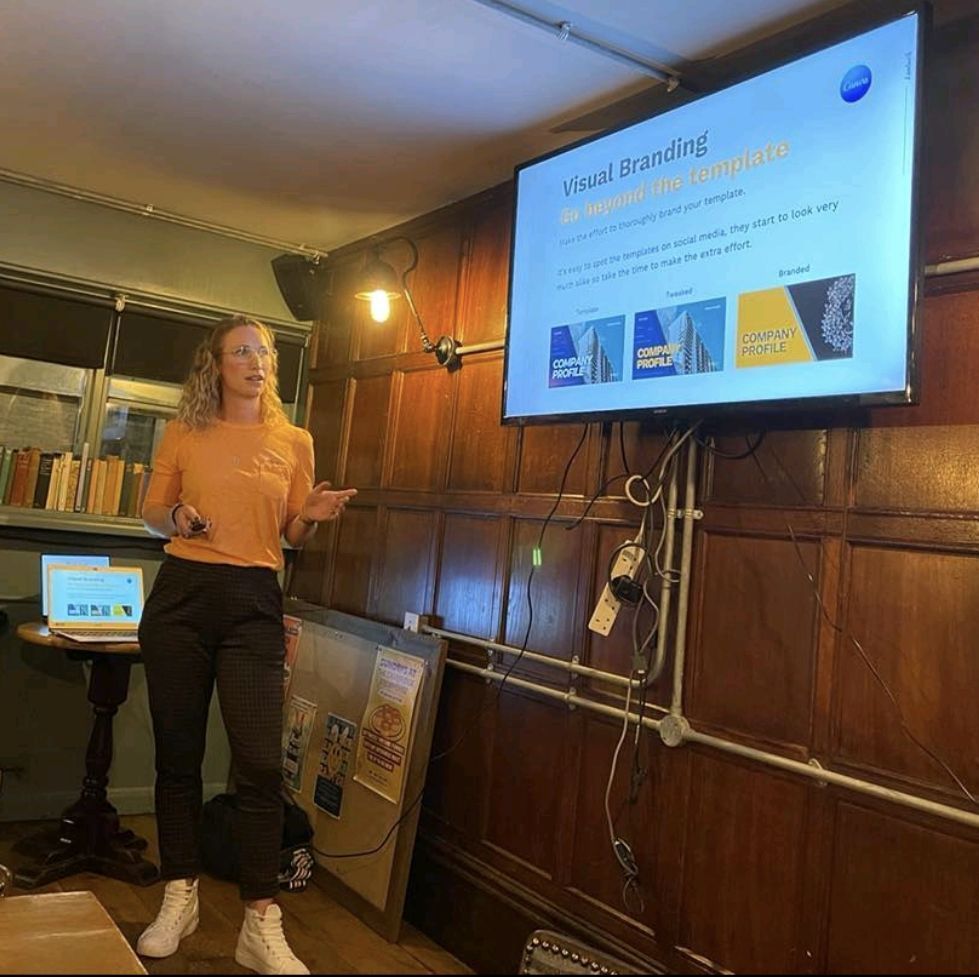
Sometimes I'll get a message to my inbox referencing my marketing agency
👀 God no! I'm
not an agency! No
. Sorry, no.
I'm a 1.5-person band. (The other half is my husband who's a silent partner, providing the incredible design skills). I don't want to be thought of as a marketing agency. For me it has connotations of frustration, waiting, chasing, and to be fair, more often than not incredible results but still.
I'm a no-nonsense , to the point communicator .
I like to be efficient and get stuff done and that includes getting results for my clients . I like the fact I'm basically flying solo with this, it's easy. It's straightforward. It's DONE.
Let me give you context and insight...
I have experience with agencies from BOTH sides - I've been the client AND the service provider. Honestly, I had challenges with both. See if anything sounds familiar:
From a client perspective , my biggest frustrations were always...
- The huge bill. Sorry guys, I always found it eye watering even though I wasn't paying!
- Not being able to get hold of my point of contact and waiting whilst others frantically ran around trying to get answers for me.
- I felt bad for (and frustrated about) the person playing piggy in the middle. I couldn't speak to Studio to get answers or explanations about design issues/challenges/restrictions. Information was often lost in transit.
As the service provider , (for me) these were my biggest frustrations...
- There too many systems and processes that got in the way of me just getting on and providing the level of service I wanted to.
- Too many other cogs in the wheel slowing down the process.
- Too many hoops to jump through and restrictions.

